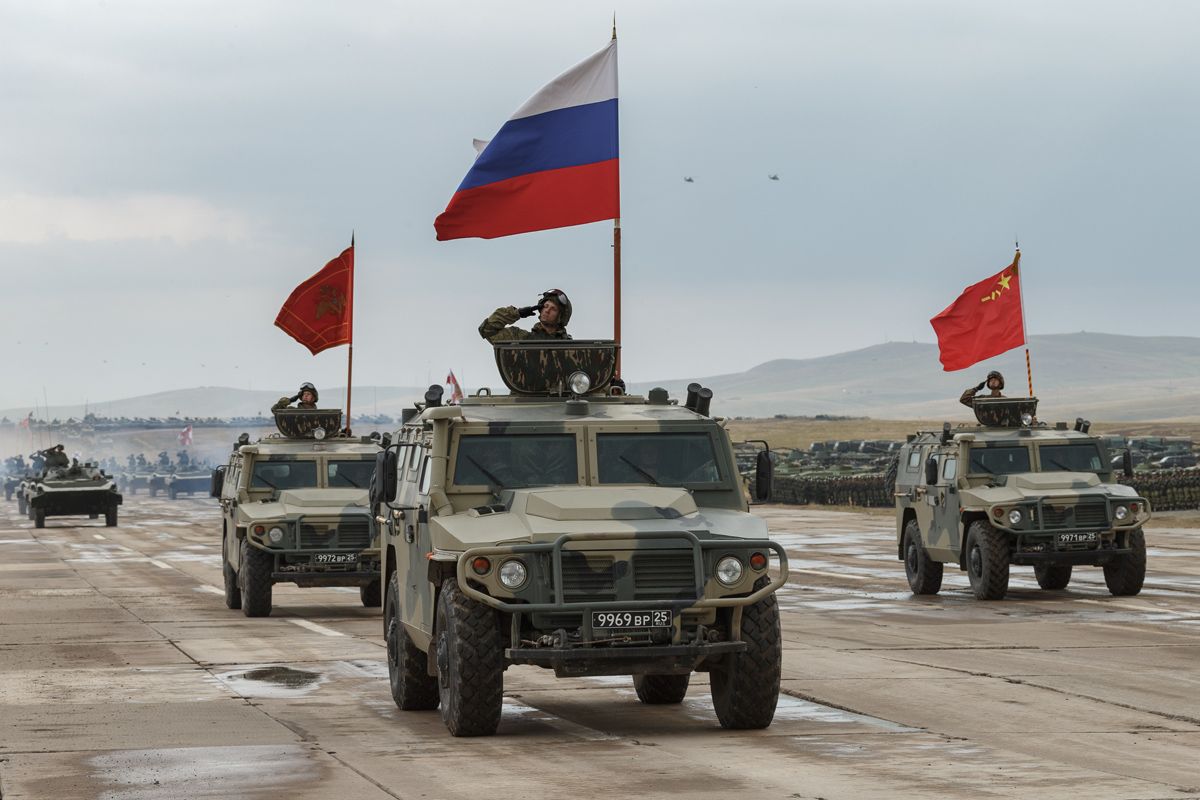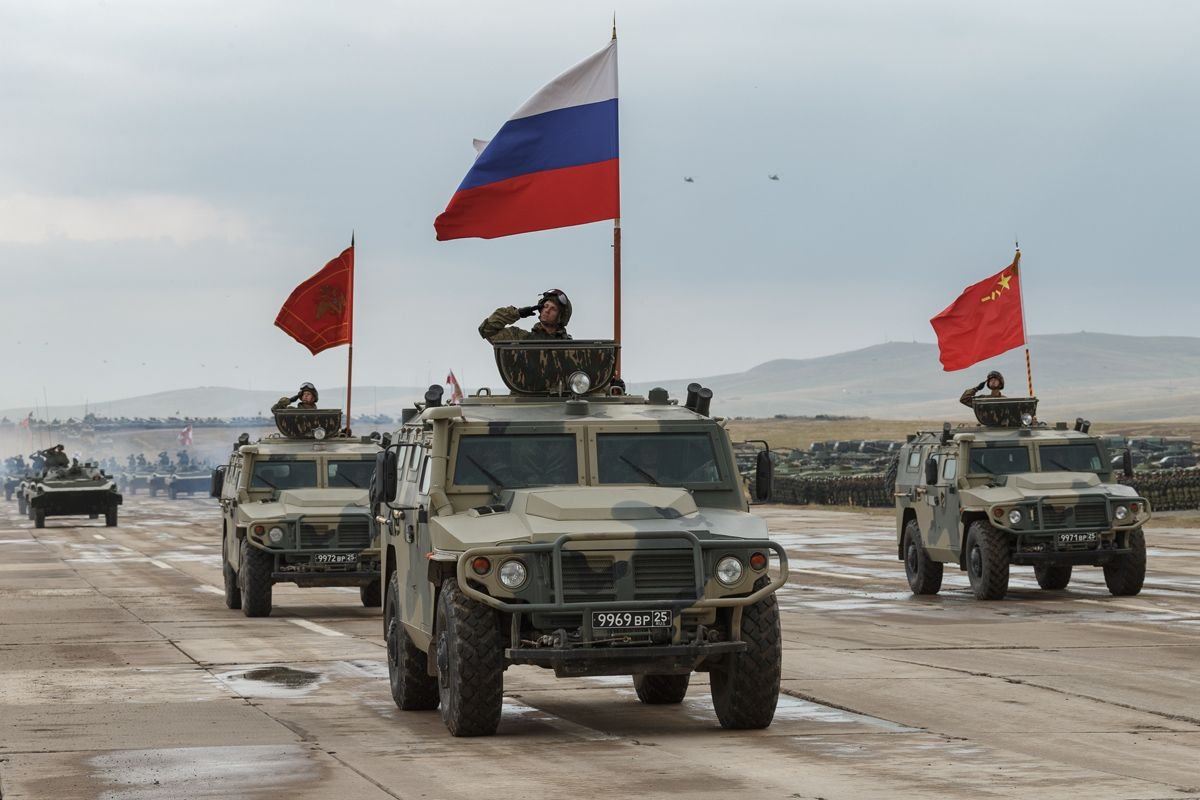
The highest-ranking civilian in the U.S. Army has estimated that Russian military power is set to peak in less than a decade's time and China only two years later.
Moscow and Beijing have both set out to modernize their respective armed forces, seeking advanced capabilities to counter a more powerful, global command in the hands of the Pentagon. Speaking to Reuters on Tuesday, Army Secretary Mark Esper said the U.S. was recalibrating its warfighting strategy, including ongoing weapons acquisition programs, to accommodate an increasingly daunting challenge posed by Russia and China.
"What we're looking at is 2028 and beyond, because we think it's time the Russians will be peaking," Esper told Reuters, adding that the sights were set on "the Chinese after" in 2030.
"If we're going to fight and win against the Russians and Chinese in the year 2030, 2040 and 2050, I've got to start building the next generation now," he later added.

Several plans to reshape the Russian armed forces in the 21st century followed a major decline during the post-Soviet collapse a decade earlier. Russian President Vladimir Putin has moved to accelerate such changes in recent years, as his ties with the West once again deteriorated to levels not seen since the Cold War. In 2015, Chinese President Xi Jinping too embarked on an ambitious reorganization of his armed forces, the largest in the world, seeking to concentrate on naval prowess as tensions with the U.S. boiled over in the disputed South China Sea.
While they have not joined any official alliance, the two top U.S. rivals have sought to improve military ties in a bid to form a more united front against Washington's global agenda. They have also increasingly linked up politically and economically as a show of solidarity against U.S. measures to curb their growing international influence.
Esper has previously discussed the ways in which the Army planned its own reforms in response to Russia and China. Speaking to the Aspen Security Conference last July, he discussed the formation of a new "Futures Command," describing it as the "the biggest organizational change since 1973." That year, the Army created the Forces Command and the Training and Doctrine Command to counter the Soviet Union's expansive military posture.
The Army officially transferred its Research, Development and Engineering Command from the Materiel Command to the forward-looking Futures Command earlier this month. At a ceremony days earlier, commanding General John M. Murray described a mission shift from counter-insurgencies that largely made up the "War on Terror" launched following the 9/11 attacks in 2001, to taking on great powers.
Why is @armyfutures Command so important to the @SecArmy's #ArmyVision? #AFC pic.twitter.com/8e64LPSRNH
— U.S. Army (@USArmy) February 27, 2019
"The United States Army has been focused on the near term for the last 18 years, and rightfully so," Murray said. "But as we wind down and come out of the conflicts in Iraq and Afghanistan, the message is very, very clear—we need to refocus on large-scale, ground combat and we need to refocus on the future."
On Thursday, the Futures Command debuted its Center for Defense Innovation at its home city of Austin, Texas, where it hoped to gather ideas for new technology that could lead the charge in the battlefield of tomorrow. Among the new weapons being developed by the three powers were hypersonic missiles capable of traveling at least five times the speed of sound, too fast for any existing defense system.
Putin claims to have already deployed such weapons and to be in the advanced stages of testing others, prompting the U.S. to look for new solutions. President Donald Trump has called for ambitious measures like a Space Force and new defense measures that would include outer space–based missile interceptors and advanced systems, which have prompted Russia and China to warn the U.S. of a new "arms race."
Uncommon Knowledge
Newsweek is committed to challenging conventional wisdom and finding connections in the search for common ground.
Newsweek is committed to challenging conventional wisdom and finding connections in the search for common ground.
About the writer
Based in his hometown of Staten Island, New York City, Tom O'Connor is an award-winning Senior Writer of Foreign Policy ... Read more
To read how Newsweek uses AI as a newsroom tool, Click here.








